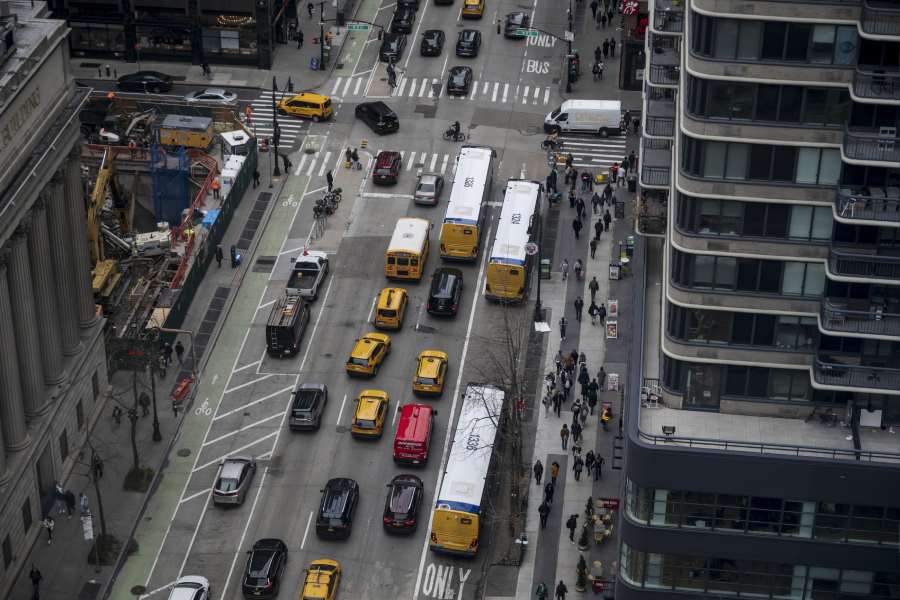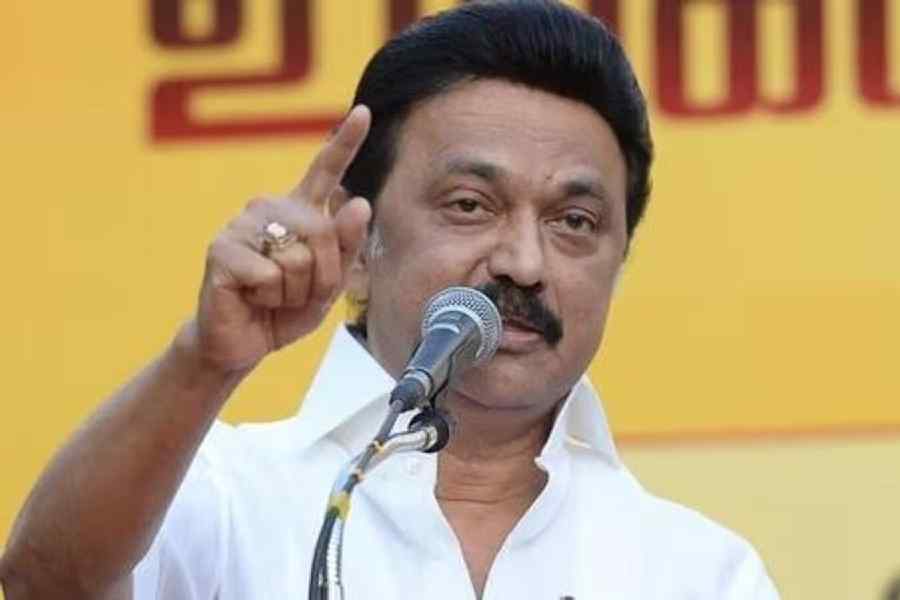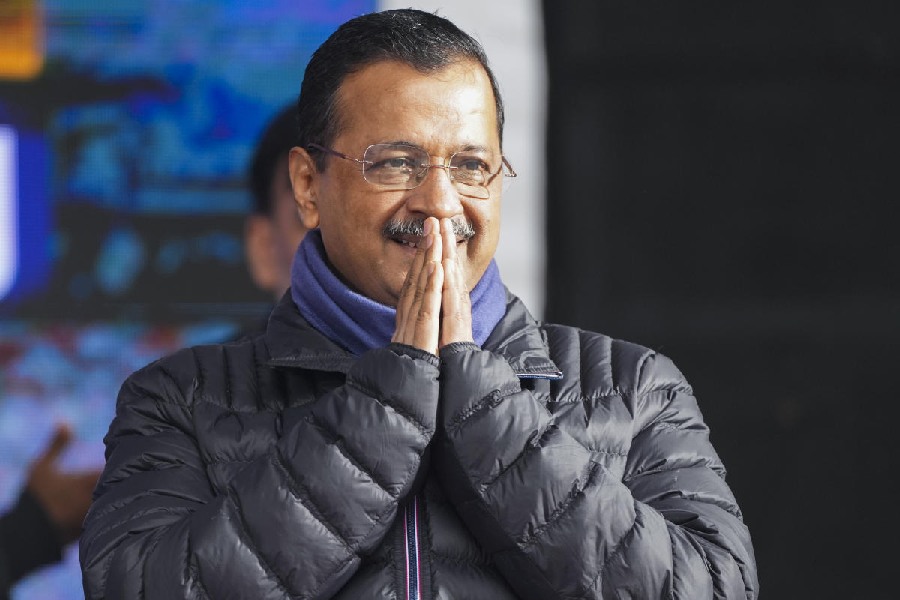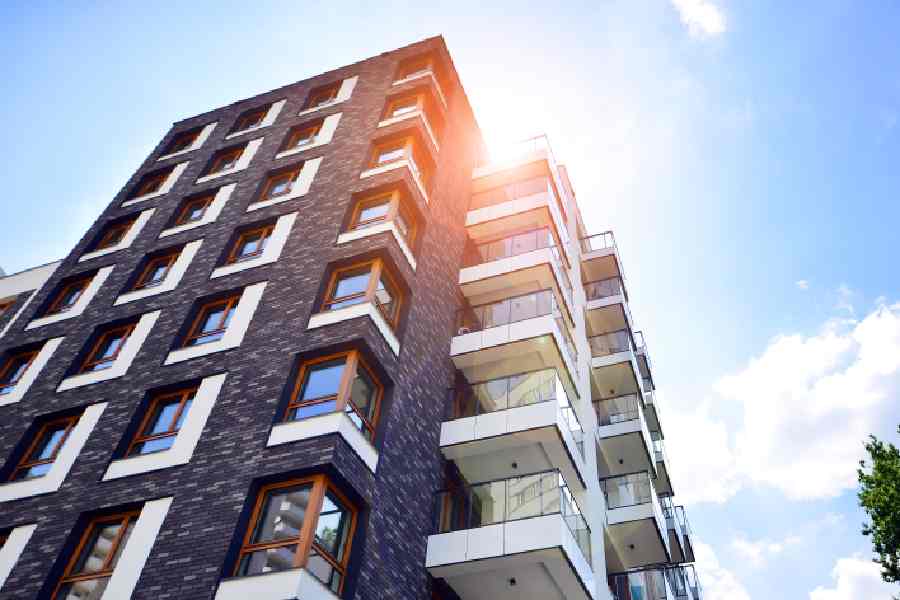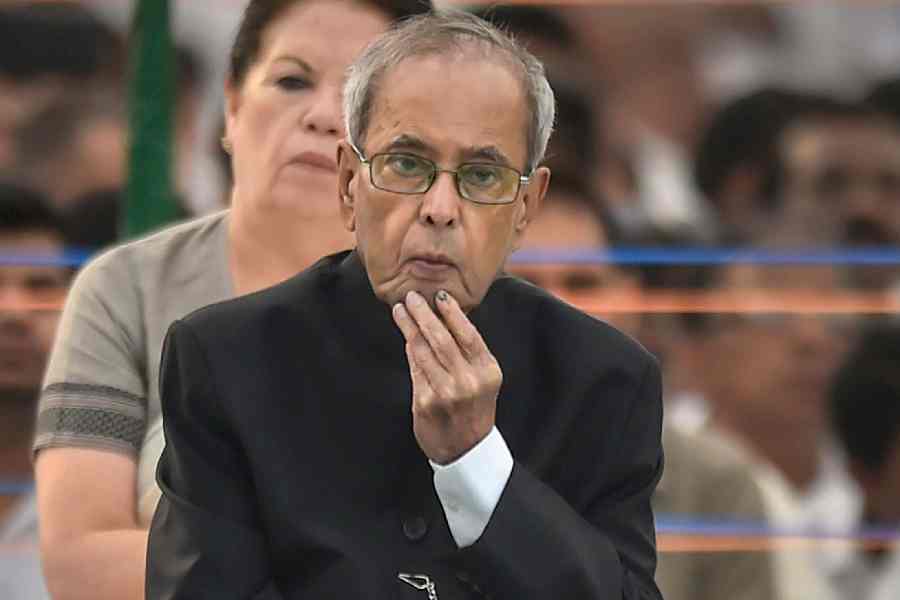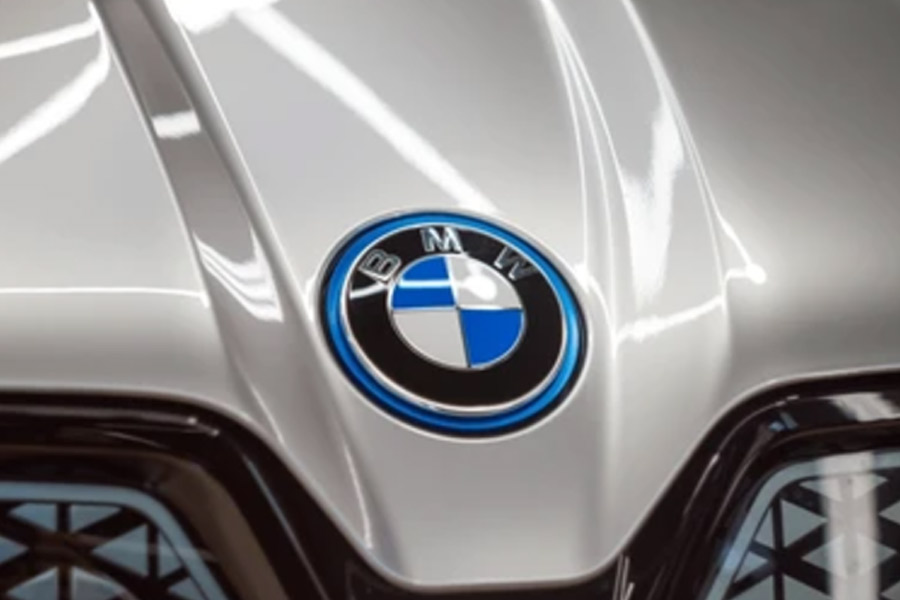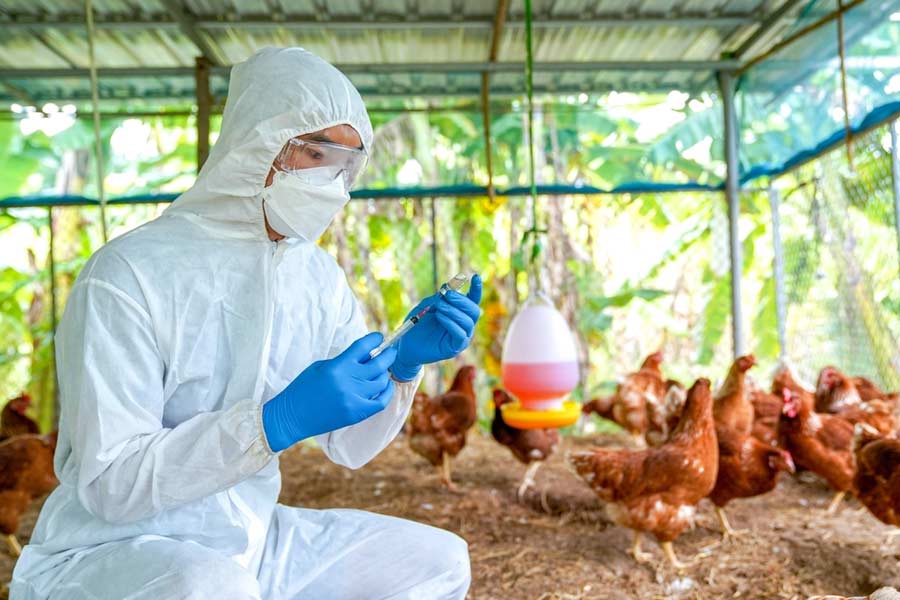After decades of delays and challenges, including a failed, last-ditch effort by the state of New Jersey to stop it in court, congestion pricing has arrived in the heart of New York City.
For the better part of a century, supporters of the tolling program have sold it as a way to reduce paralyzing gridlock while raising money from the drivers who contribute to it. The plan will help generate $15 billion for crucial upgrades to the region’s mass transit system.
Congestion pricing had been halted abruptly in June when New York Gov. Kathy Hochul stopped it just weeks before its original start date. At the time, Hochul expressed concerns that the tolls would negatively affect New York’s economy, an idea that was disputed by some experts. She later revived the politically unpopular program one week after November’s general election, this time with reduced tolls that are scheduled to increase in the years to come.
Here’s how the program will work:
When does the tolling start?
Congestion pricing began Sunday just after midnight, giving the Metropolitan Transportation Authority enough time to work out any kinks on a day when traffic is lighter than usual.
Where will drivers be charged?
Drivers of most cars entering the designated congestion zone in Manhattan, stretching south of 60th Street to the Battery, will pay a fee. That area includes some of the city’s most famous destinations and neighborhoods, including the theater district, Times Square, Hell’s Kitchen, Chelsea and SoHo.
How will drivers be billed?
The fees will be collected mainly through the E-ZPass system, which many drivers already use to pay tolls on bridges, tunnels and highways. Electronic detection points have been placed at entrances to and exits from the tolling zone.
How much will the tolls cost?
Drivers of most passenger cars will be charged $9 once per day to enter the congestion zone at peak hours, and $2.25 at other times. Motorcyclists will pay $4.50 during peak hours and $1.05 off-peak.
Those driving smaller commercial trucks and some buses will pay a toll of $14.40 at peak hours and $3.60 at other times. Drivers of larger trucks and tour buses will be charged $21.60 at peak hours and $5.40 off-peak.
What about taxis or Uber riders?
Passengers riding in taxis and other for-hire vehicles, including Ubers, will pay a per-ride surcharge in the congestion zone in addition to their fares. The surcharge is 75 cents for a taxi, green cab or black car, and $1.50 for an Uber or Lyft, for each trip to, from, within or through the congestion zone.
When will tolls increase?
To make sure that congestion pricing can help raise $15 billion for infrastructure upgrades to the city’s mass transit system, toll rates will rise to $12 by 2028, and to $15 by 2031.
Are there exemptions, credits or discounts?
Drivers of certain vehicles carrying people with disabilities and drivers of authorized emergency vehicles won’t be charged, and some residents inside the congestion zone may be eligible for a state tax credit. Low-income drivers can register for a 50% discount after the first 10 trips in a month.
During peak hours, drivers of passenger vehicles who enter Manhattan via four tunnels that already require tolls — the Lincoln, Holland, Hugh L. Carey and Queens-Midtown — will receive a credit of up to $3 against the daily congestion charge.
Are the tolls a done deal?
No. President-elect Donald Trump has said that he would kill the program as one of his first acts in office, and he could find a way to do so.
Groups of opponents in New Jersey and New York have also fought the tolls for more than a year through litigation that could stop the program even after it has begun. But federal judges have recently ruled against the plan’s opponents in several lawsuits.
The New York Times News Service

